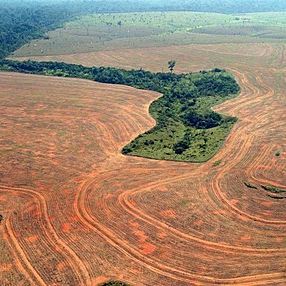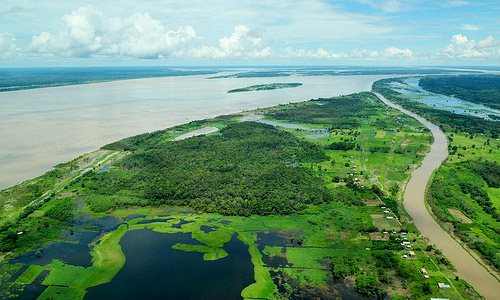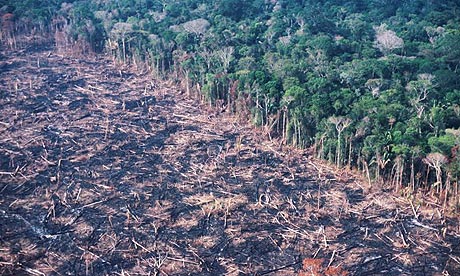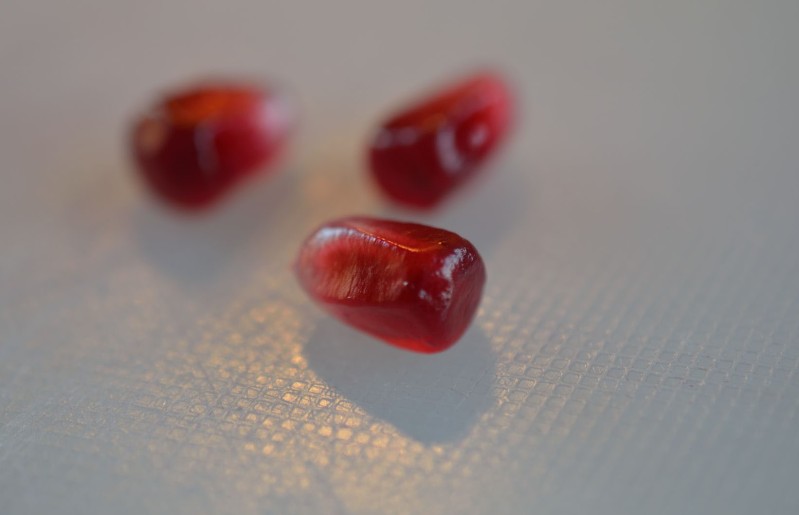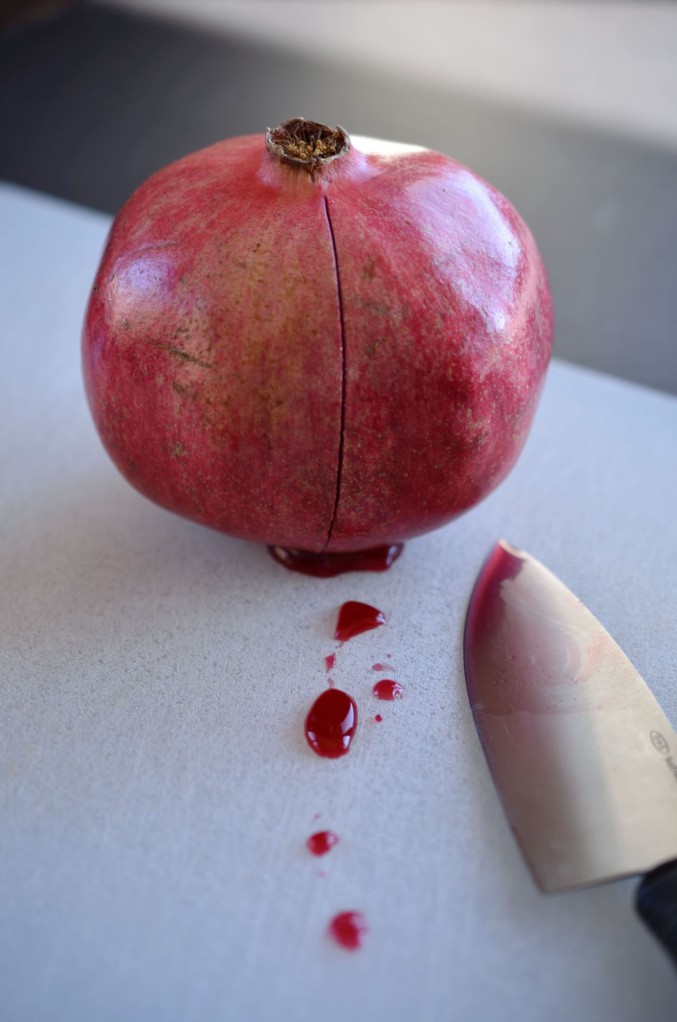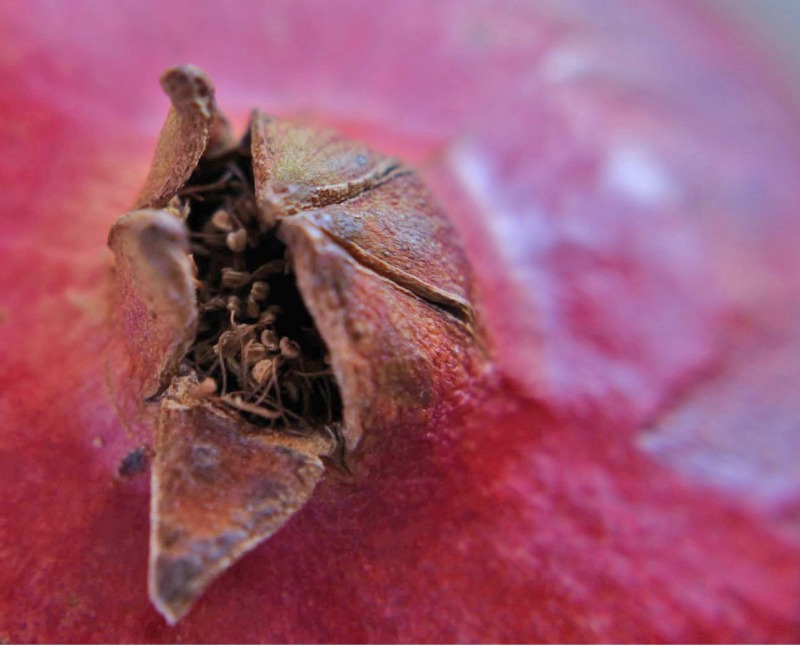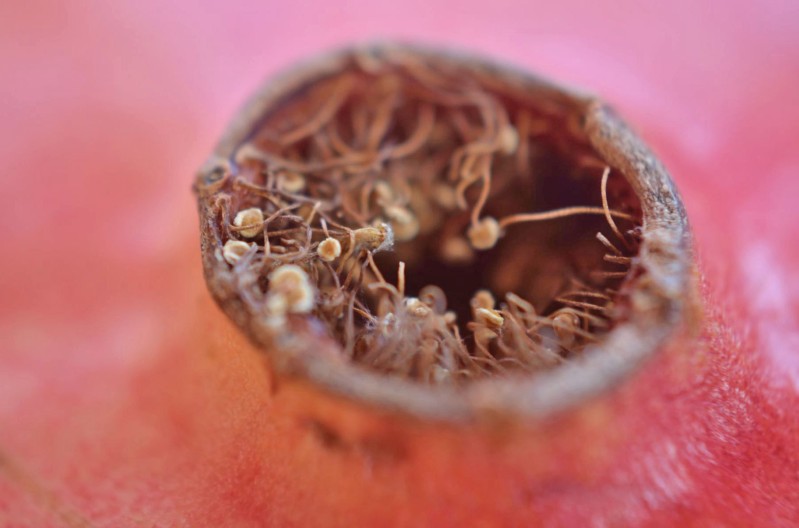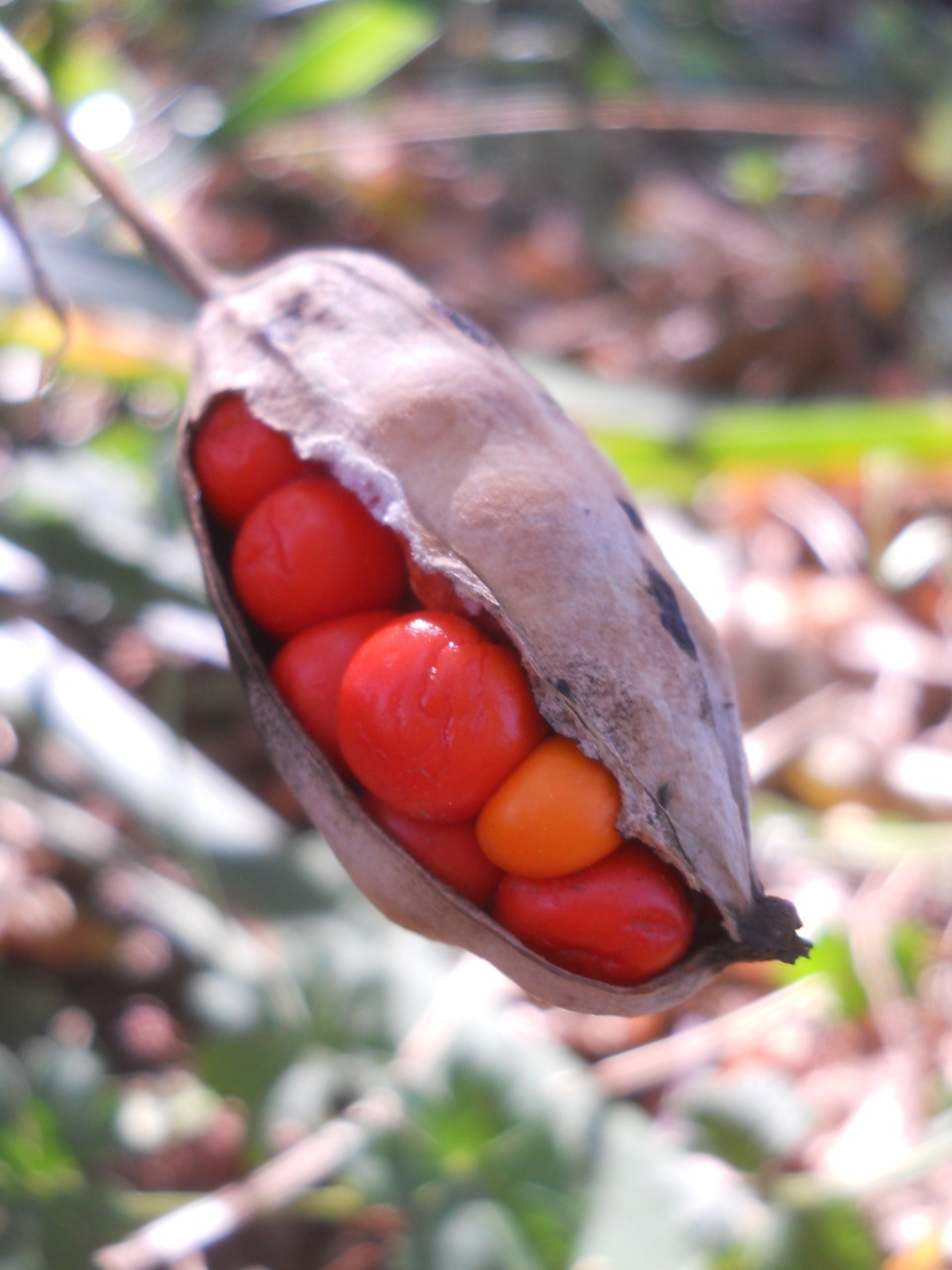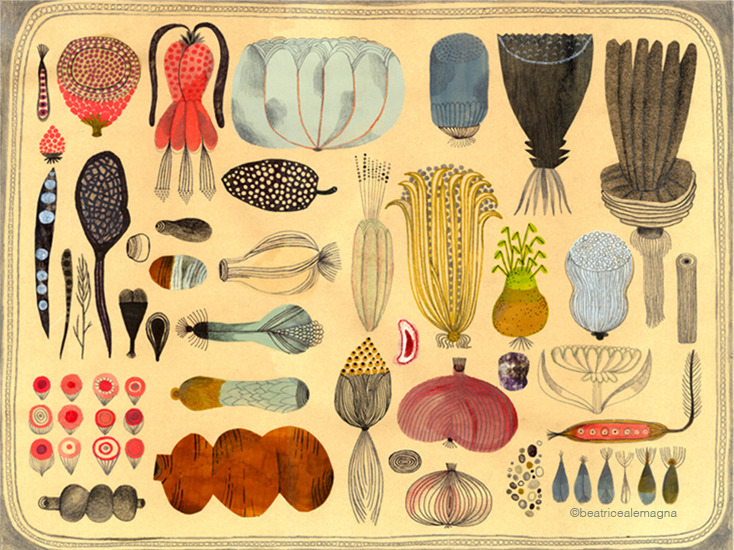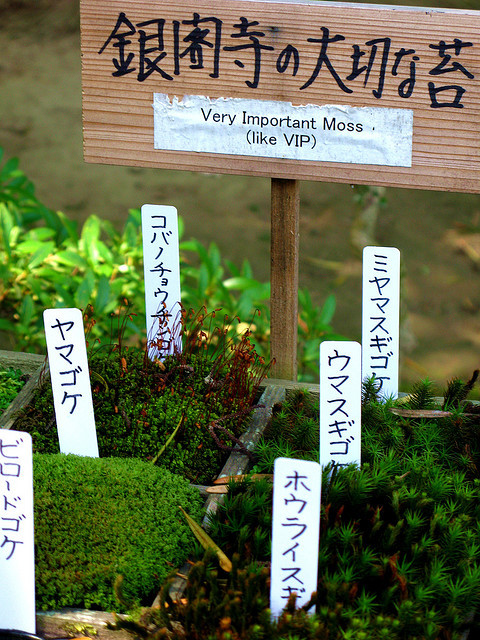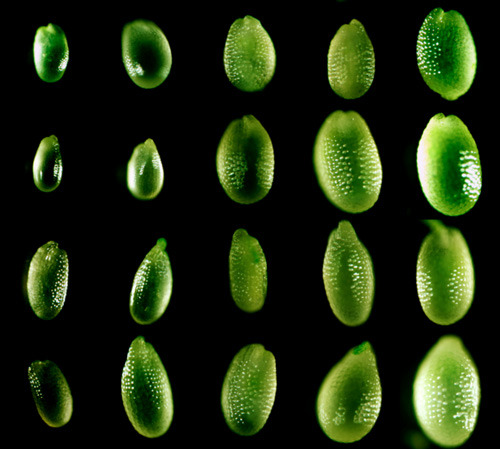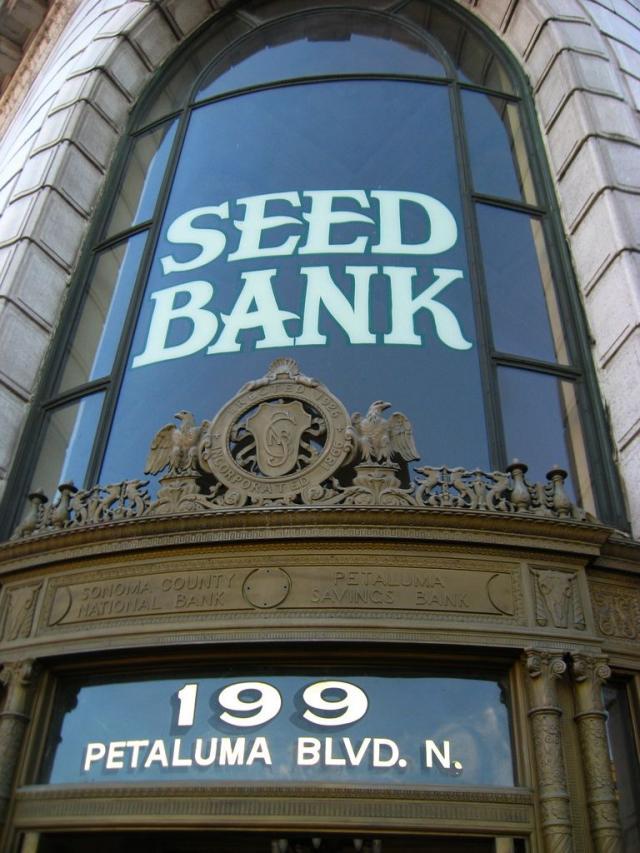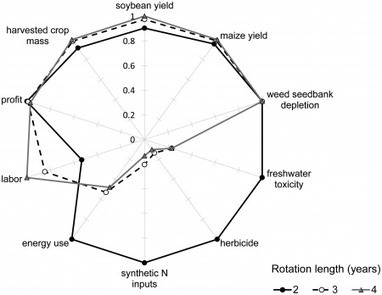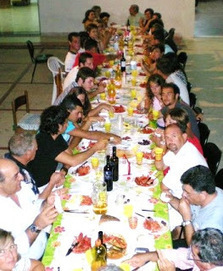Yesterday I was over at Percolator Gallery in Paddington, Brisbane, working in my studio downstairs when I had a visual communication idea to try out in the gallery windows now the year's exhibition program has just come to an end. In Melbourne during the mid 90's I had a shop-front studio, in the creative hub of Fitzroy / Collingwood, where I constantly made the most of the lovely old shopfront windows for such purposes.
It took time and ideas to do that well back then ... so I was keen to see what could be done here having discussed the possibilities with artist Helena Lloyd, who is also the Gallery owner. I was inspired by the thought of re-using photocopied posters on seeds I'd done for a Sustainability Event in 2011, as a kind of wall-paper.
When I return to the studio today I will see if the posters are successfully staying up in the heat... that might determine a change of plan... so we'll see. I took photos at dusk and then when it was completely dark last night.
The window easily lends itself to a little drama!
My studio is at the back down the left. The Gallery runs as a for-hire space and thus has a changing panorama of exhibitions which run for a week, or sometimes two weeks at a time. Its wonderfully located in a particularly scenic part of Brisbane on one of the ridges overlooking the city. Surrounded by cafes and small boutique-type stores it has a lovely ambience and neighbourly feel.
The wallpaper idea worked quite well as a backdrop to the paintings... two seascapes on the right which Helena painted when at Cuchiemudloo Island in Moreton Bay which fringes Brisbane, and an oval painting of Brachychiton seed pods I painted in 2010.
 |
The quotes which run down the middle of the window communicate a clear message for anyone who strolls by and wishes to take a closer look!
Night time the window is stark and very readable from up close.
The entrance to the right shows a glimpse of a long narrow work I hung there last night.
I will be having a show here at the end of January, running for two weeks, which I am starting to focus more on now, adding to work completed already this year.
There is quite a bit of reading if anyone is curious and takes the time!
Last time I used these posters I had a far bigger wall to work with.
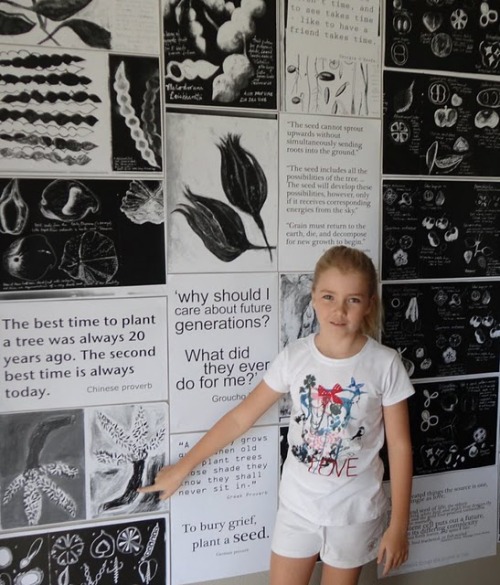 |
Claudia, a student of mine in 2010, standing before of a presentation at a Brisbane Sustainability Day event I did in 2011... using these same A3 posters.
|
Watch this space for news of the exhibition at the tail end of January!
bye for now,
S













